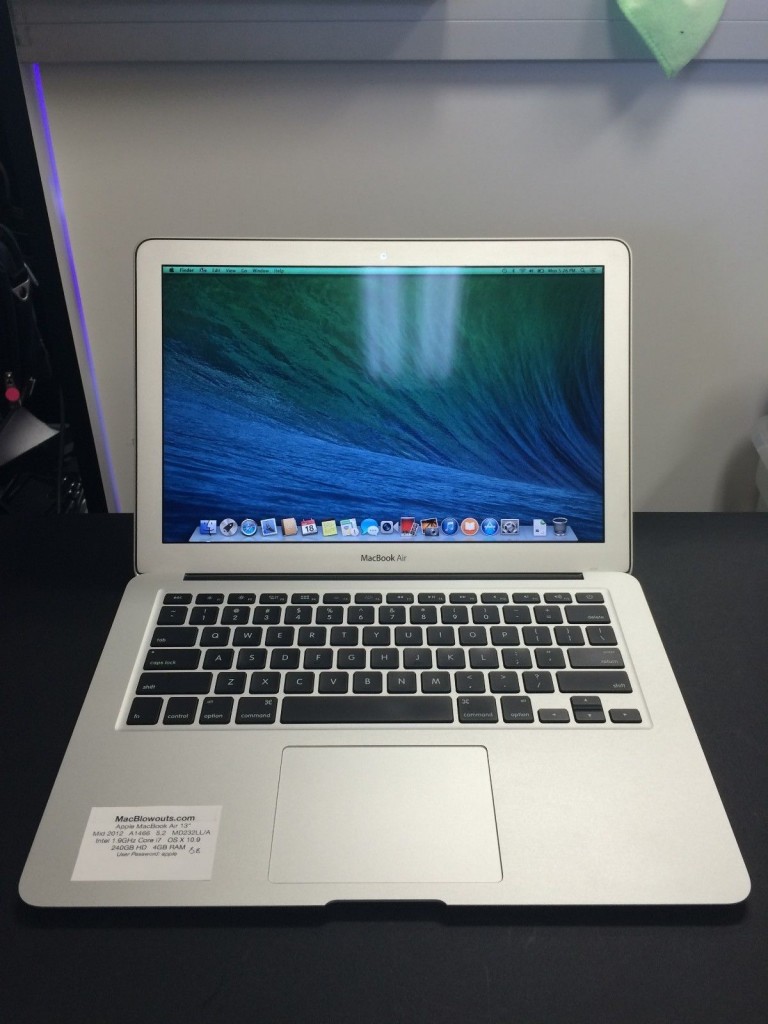

- #2012 APPLE MAC PRO SERVER MAC OS X#
- #2012 APPLE MAC PRO SERVER MAC OS#
- #2012 APPLE MAC PRO SERVER WINDOWS#
#2012 APPLE MAC PRO SERVER MAC OS#
Okay, now we are on the same page regardless of our recent version of Mac OS X. Then, next to Network Account Server:, click Edit….Ģ. In the Accounts prefpane, click Login Options. To open Directory Utility on Snow Leopard, open System Preferences and then click Accounts from the System row.
#2012 APPLE MAC PRO SERVER MAC OS X#
Unfortunately, in Mac OS X 10.6 Snow Leopard, the same procedure is a little more cumbersome (the pane is not searchable via Spotlight, for instance).

The above single step is all that’s required to open Directory Utility on Leopard. Believe me, the renaming of Directory Access to Directory Utility in Leopard has caused many Mac administrators headaches! NOTE: In Mac OS X Tiger and earlier, this utility is named Directory Access. In Mac OS X 10.5 Leopard, run a Spotlight search for Directory and click Directory Utility. The following procedure is essentially identical between Mac OS X Leopard and Mac OS X Snow Leopard systems where there is a difference, I will note it.ġ. Without any further ado, let’s turn our attention to the specific steps required to accomplish our chosen task. Add a Mac OS X computer to Active Directory ^
#2012 APPLE MAC PRO SERVER WINDOWS#
Of course, a properly configured Windows Dynamic Host Configuration Protocol (DHCP) server will assign your Mac workstations a correct IP address, subnet mask, and preferred DNS server address.įinally, and this should come as no surprise to Windows server administrators, you will need to perform the domain join either as a domain administrator, or as a user account that has been delegated the privilege to join workstations to the domain. You can specify a DNS hostname for your Mac either by using Terminal or by using the Sharing Preference Pane. This means, in a nutshell, that our Macs have: All models were replaced in March 2009, by the iMac (Early 2009).Before attempting a domain join from a Mac computer, we need to make sure that we have our server- and client-side networking correctly configured.

24"/2.8 GHz/2 GB RAM/320 GB HD/256 MB VRAM/SuperDrive/$1799Ī high-end BTO model was also available, with a 3.06 GHz Intel Core 2 Duo Extreme processor, an NVIDIA GeForce 8800 GS with 512 MB of VRAM, and a 500 GB hard drive, for $2199.Released in April 2008, the iMac (Early 2008) was a speed-bump of the iMac (Mid 2007). The 24" model weighed 25.4 pounds, consumed 280 watts of power, and had the following dimensions: 20.5" H x 22.4" W x 8.1" D. The 20" 2.42 GHz model used a 128 MB ATI Radeon HD 2400 XT graphics chipset. Optical Drive: 24x/24x/16x/8x/8x/6x/4x CD-RW/DVD±RW/DVD+R DLĪudio Out: stereo 24 bit mini, Optical S/PDIFĪudio In: stereo 24 bit mini, Optical S/PDIF Level 1 Cache: 32 kB data, 32 kB instruction


 0 kommentar(er)
0 kommentar(er)
